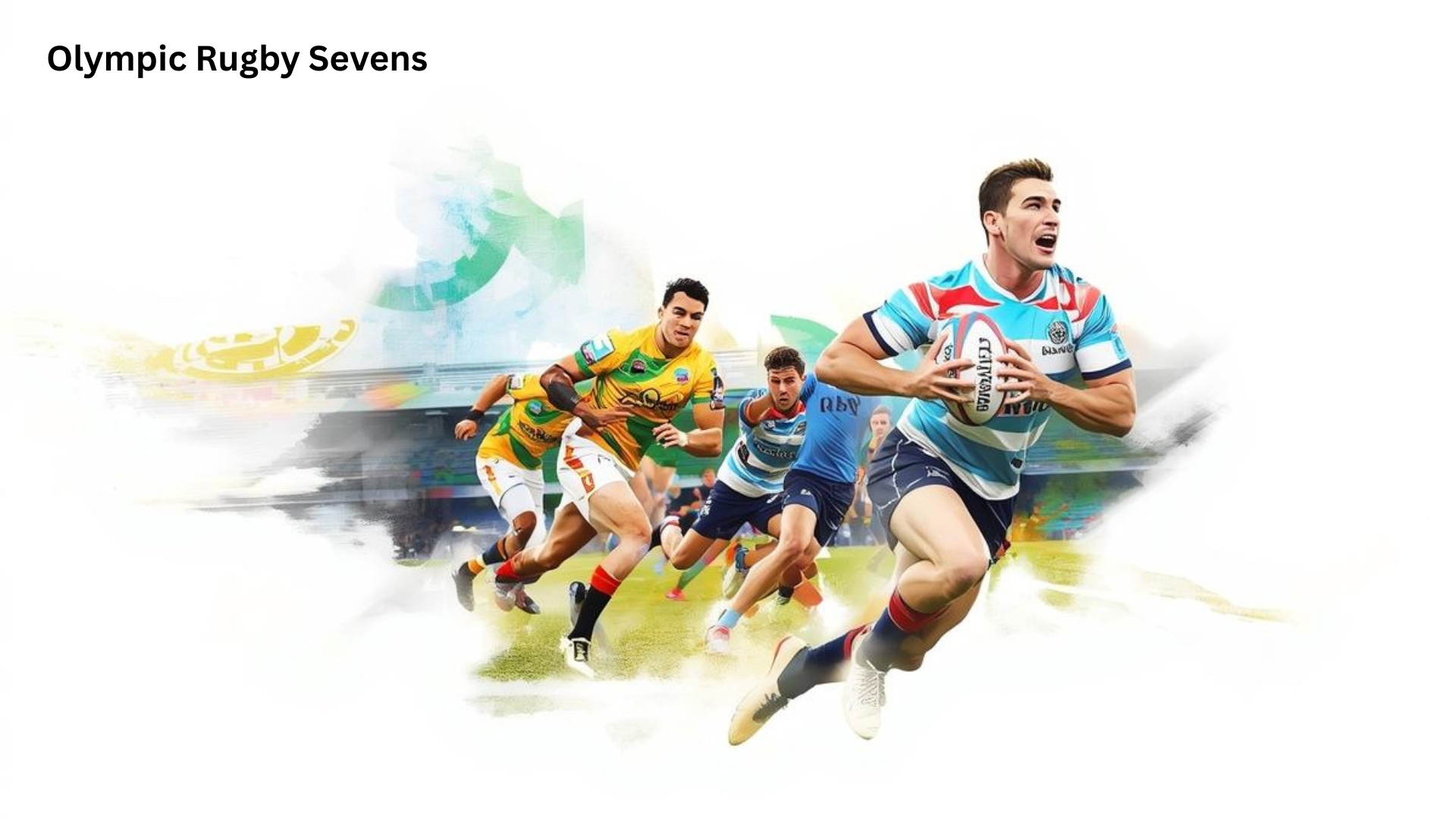Incorporated into Massachusetts high school athletics in 2015, the sport of rugby is physical and tactical. This ruling was an important milestone, having demonstrated the increasing popularity of the sport together with its capacity to attract different student-athletes.
Researchers and scholars note the popularity of the sport of rugby and the capacity of this sport to promote collaboration and perseverance. Researchers have cited that its participation rates are on the increase in the schools, and this has been highly encouraged by the advocates at the local level. Earlier studies stress the importance of the inclusive component of rugby that appeals to students belonging to diverse athletic backgrounds. Moreover, its organized yet flexible gameplay has also been acclaimed as one that aids both physical and mental activities.
Rugby has a somewhat hard-to-predict quality, just like its arrival in Massachusetts high schools, full of fragmentation: an opportunity and excitement. The development of the sport has been a combination of both tradition and innovation to capture the students and the communities. While rugby is growing everywhere, the fact that it has succeeded in bringing both participants and fans together is a highlight of its success that promises to continue growing as more students join in this sport.
How Rugby was Made an MIAA Sport
The Rugby journey towards MIAA sanctioning was not straightforward. The MIAA Board of Directors came to the decision to vote against the recommendation of rugby as an official sport initially. The Athletic Council, however, overturned this suggestion in May 2015.
More than a dozen schools in Eastern Massachusetts have already pledged their role in the first year. This great early dedication indicated that rugby is a sport that can be a high school sport. The Massachusetts Youth Rugby Organization was already well developed, with 18 boys teams and seven girls teams in spring divisions. The 12 schools that participated were already established programs such as Algonquin Regional, Boston College High, and Newton. The initiative was also joined by such private schools as St. John’s Prep and Xaverian Schools. The diversity of these public/private schools provided a competitive environment.
The Road to Official Recognition
- Increasingly popular and actively engaged on a school-wide level are high school students.
- Club programs that will be established and demonstrate long-term interest
- Good support of local rugby bodies
- Evidence of skills to organize teams and competitions

Athletic Directors Face Mixed Reactions
Not every athletic director exactly enjoyed the new sport. South Hadley High School Athletic Director Tad Desautels had reservations over what suicide, diabetes, shopping luggage rugby would do to the other spring sports. He feared his time on the urge would decrease the baseball, lacrosse, and track programs.
I am not a fan of bringing a new sport to the fore, which would take time away, or rather divert attention from the existing sports we have, Desautels said. The early spring positioning invited head-on competition with established programming. Most of the schools were experiencing dilemmas on how to allocate resources and engage students. Decision-making was also determined by safety concerns. The physical characteristics of Rugby have raised concerns about the injury rates and liability. Some administrators wondered why rugby should be sanctioned at a time when football was coming under scrutiny over safety procedures.
Student Interest Drives Participation
The readiness of students to achieve rugby opportunities was observed regardless of the issues of concern to the administration. Rugby was considered by many a fun alternative to the traditional spring sports. Jimmy Mazza, a junior hockey player in South Hadley High School, was interested in the physical side of rugby, being a physically aggressive game. It is another game that I can kick people around, he noted. This was the feeling of rugby as a means of attracting contact sport athletes who wanted to face something new.
The sport was also appealing to students who were not conversant with the rules and/or traditions of the sport of rugby. It is this kind of interest that contributed to early enrollments.
Understanding the Rugby Ball: More Than Just Oval
The shape of the rugby ball connotes the nature of the sport. Rugby players simply refer to it as the rugby ball in common language, or at times, the pill. The oval shape fulfills other special functional reasons that can not be attained by round balls.
New rugby balls are pig bladder-containing balls and then covered with leather. Boot and shoemaker Richard Lindon, near Rugby School, produced some of the first standardised rugby balls in the 1800s. The 4-panel leather build formed the basis of the construction of modern balls. This biological genesis bears the explanation for the peculiarities of playing rugby as opposed to playing sports with round balls.
The Evolution from Quanco to Modern Design
History has shown that had the rugby balls been originally called quanco. The term was used because of the rudimentary manufacturing process and materials that went into making of balls.
Modern rugby balls retain the basics of being shaped like an oval, coupled with the application of the latest materials. Synthetic leather is transformed into a better grip and weatherproof material. The quaint pointed ends are of utility. They produce random bounces that make the game exciting. Learners have to acquire special skills to best deal with such erratic bounces.
Technical Specification and the Design Features
Rugby Union and Rugby League balls have different specifications. Rugby league balls are around 27 centimeters in length. The rugby union balls are slightly larger to favour changing of playing styles. The topography has embossed patterns that enhance hold when it is wet. The patterns assist players in being in control during receipts and handling. The design offers a balance of aerodynamic qualities and handling.
The panel structure of the ball is done through external stitching. The latter style of stitching influences the flight characteristics of the ball when it is kicked. The players are taught to read such patterns to anticipate the behavior of the ball in such aerial plays.
Comparing Rugby Balls to American Football
The oval shape of the American football and rugby balls is related because they play different roles. Football balls have more extreme points to maximize forward passing. Its aerodynamic projects enables the spiral throws to be more accurate and travel farther.
Rugballs have less pronounced endings to make them easier to handle and pass laterally. This shape will enable you to take multiple passes and have a superior hold on the ball. The difference in design is explained by the differences in the tactical requirements of each sport.
Football laces give external gripping areas on which to throw. Rugby balls have ruggedness and shape to grip. These philosophies in design show how equipment develops to meet the needs of a particular sport.
Geographic differences and production
Different countries of rugby players had different preferences for the ball. Australian rugby balls tend to differ a little in proportions. The manufacturers of Europe stress the durability even in severe weather conditions.
The connection between the company and Rugby School gifted the company with brand awareness, which is in place today. The rules of professional matches state the precise standards of balls and their performance. Manufacturing quality has a great influence on ball performance. Professional-grade balls are consistent in shape during gameplay. Practice balls can be either of high quality but inexpensive, or they can be of lower quality and quite cheap.
The Cultural Impact of Ball Design
The form of the ball of rugby ball affects the rugby culture and philosophy of playing the game. Unpredictable bounces lead to an opportunity to respond and adjust rapidly.
The oval prevents straight lines during the roller. The trait also increases ball time and causes more action scenes. The spectators like the continuous motion and unpredictability.
It happens, with improved abilities in ball handling forming the focus of player development. This special form demands special methods of catching, passing, and carrying. These are examples of abilities that set rugby players with the rest of the sports athletes.
MIAA Rugby’s Future Prospects
The inaugural 2016-17 season seasoned Massachusetts, or Mark as he prefers to be known, is a newcomer to the sporting scene in the second-oldest American high school state. The number of initial participants surpassed the initial expectations in most programs. Loyalty of students was translated into sustainable team rosters
The development of this sport has replicated steady development, and this is leading to further growth. There are increasingly more schools showing an interest in the development of rugby programs. The resolution of the MIAA established the framework of systematic growth and development. The industry became organized into a structured competition that supported different levels of skilled people. Divisional action provided an opportunity for new programs to grow along with pre-established teams. This was a way of ensuring that there was a competitive balance and the safety of participants.
Conclusion
The introduction of rugby by MIAA is not only administrative growth in sports. It also proves how ancient sports can have new fans and new places. Therefore, the latter ruling broke the centuries-old sporting traditions and blended with high school sports.
The history of the rugby ball, as it evolved from an oval object made out of a pig bladder to a high-tech piece of equipment, reflects that of the sport itself. Both share the same essential features, but can keep up with the modern-day requirements. Thus, the Massachusetts high school rugby programs have become a part of an international rugby community that covers the globe and many cultures.
Thus, the oval ball that unpredictably played on English school lots has a similar enthusiasm on the American fields. This continuity between history and present makes rugby have a very distinctive character in the ambit of modern-day sports. The ruling by the MIAA ended up confirming what ruggers already knew. There are so many times that the best experience has come out of approaching uncertainty. Unlike the bouncing rhythm of an oval ball, which can certainly be unpredictable, the introduction of rugby in Massachusetts high school athletics is an example of how taking a risky move would lead to extraordinary results.











